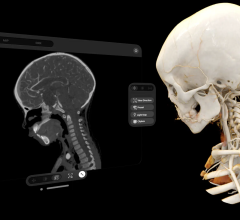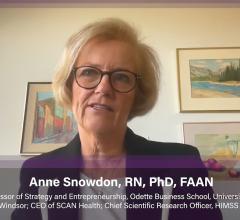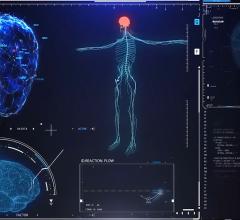April 20, 2015 — The Healthcare Information and Management Systems Society (HIMSS) released the results of the 2015 HIMSS Mobile Technology Survey. This year’s study, of more than 200 healthcare provider employees, found that nearly 90 percent of respondents are utilizing mobile devices within their organizations to engage patients in their healthcare. The report also showed that respondents believe that mobile health (mHealth) technologies are beginning to drive cost savings and improve the quality of care delivered.
The adoption of mobile technologies has been rapid in recent years with 90 percent of American adults owning a mobile device. The healthcare industry continues to keep up, as these technologies are critical to the industry’s shift to patient-centered and value-based care. Respondents of this year’s survey reported leveraging a variety of mobile tools including: app-enabled patient portals (73 percent), telehealth services (62 percent) and text communications (57 percent). Of these technologies, 36 percent of respondents believe the use of app-enabled patient portals is the most effective tool in patient engagement to date.
“mHealth continues to evolve as a tool to drive healthcare efficiencies. The proposed Meaningful Use Stage 3 rule realizes this with the concept of APIs and patient generated health data, and this year’s survey showed that the wide spread availability of mobile technology has had a positive impact on the coordination of patient care,” said David Collins, senior director of HIMSS mHealth community.
According to a new report from InMedica, a subsidiary of IMS Research, American healthcare providers are turning to telehealth in large numbers to help cut costs and projects patients using telehealth services to grow by nearly a factor of six by 2017. While 51 percent of HIMSS Mobile Technology Survey respondents indicated budget tolls as a key barrier to further implementation of mobile technologies, 54 percent indicated they had achieved cost savings when asked if the deployment of mobile technology had a positive effect in this capacity. Specifically, areas of impact included preventative support care (24 percent), telehealth interventions (23 percent) and resource utilization (21 percent).
In addition, survey participants were asked to identify ways in which they were able to leverage mobile technology to impact patient care. Results showed that 51 percent of survey participants indicated their organization witnessed a positive impact have stemmed from telehealth interventions, including the use of remote ICUs or teleradiology services and the ability to coordinate care across the care continuum, which includes the use of remote patient monitoring tools.
HIMSS is a global, cause-based, not-for-profit organization focused on better health through information technology (IT). HIMSS leads efforts to optimize health engagements and care outcomes using information technology.
For more information: himss.org



 May 01, 2024
May 01, 2024 








